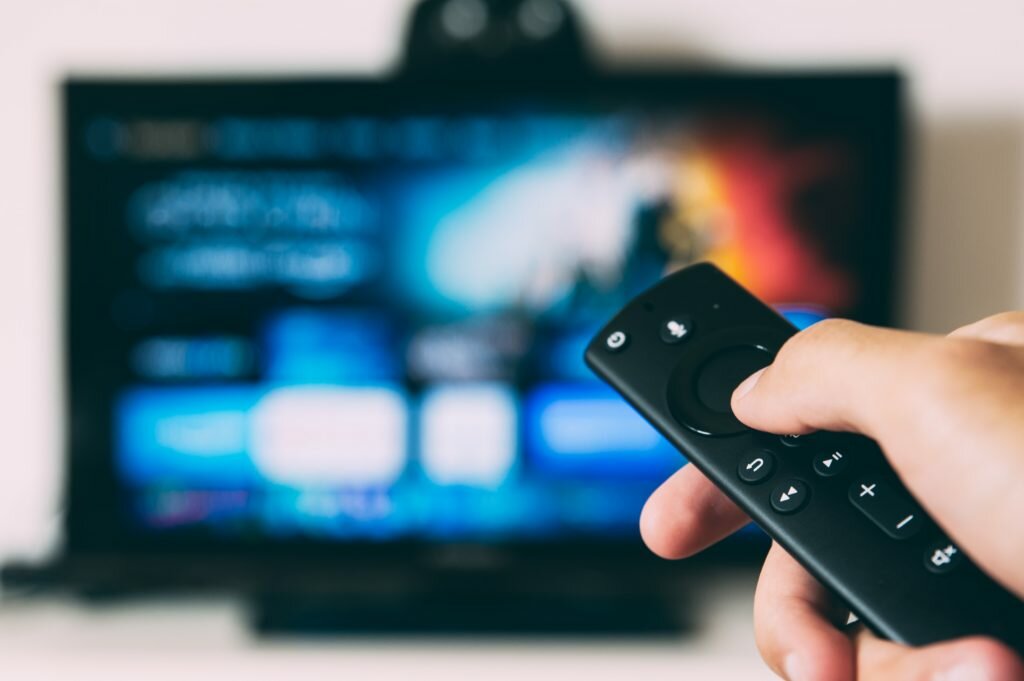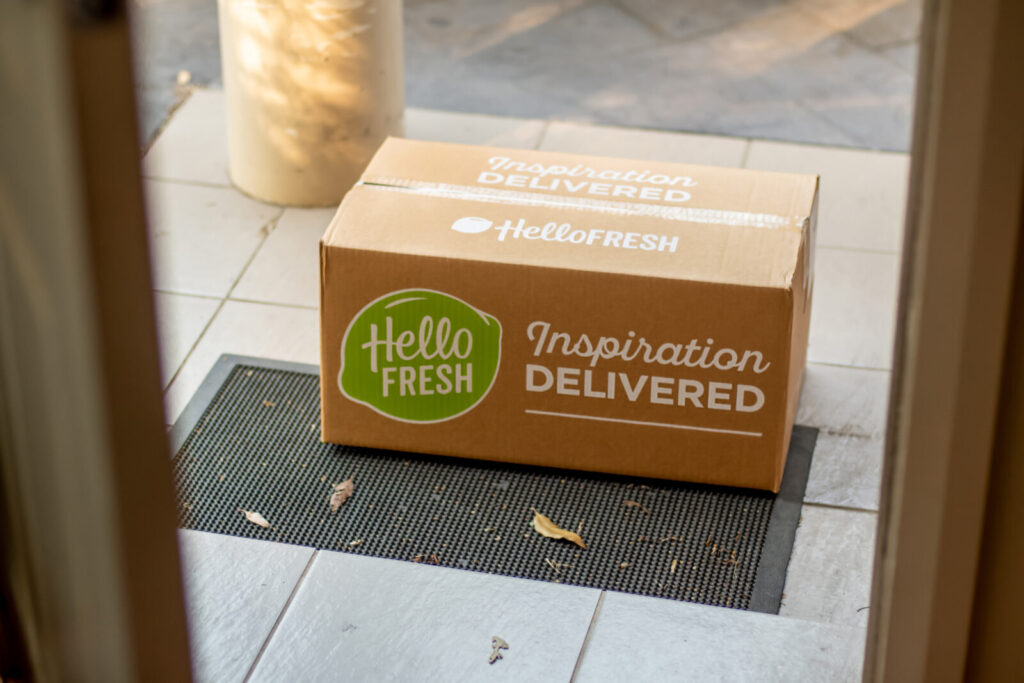Brief • 2 min Read

Upfronts season is upon us, and this year, ad-supported streaming services – which have historically taken a back seat to ad-free subscription platforms like Netflix – are stealing the show this year. But the ad-supported model faces plenty of challenges. In a recent survey conducted by The Harris Poll exclusively for Ad Age, we found that ad experiences can make or break a show: most (65%) consumers agreed that they’d stop watching a show if shown too many ads.
The key to a positive ad experience
So what makes for a positive ad experience? The survey found that context and timing are critical. In fact, an overwhelming majority of consumers (80%) said they’d prefer to see an ad before a show airs rather than during. And most consumers (61%) say they’d prefer seeing ads that are relevant to the show they’re watching – either in tone, theme or the types of products that are advertised.
On the other hand, seeing the show’s stars in the ad itself may be a step too far into ‘The Truman Show’ territory for most: only 48% said they’d want to see the ad featuring the stars of the show they’re watching.
Consumers admit to tuning out ads when watching TV
By consumers’ own estimation, their engagement with ads is currently dubious at best — they’re not likely to make a purchase directly from an ad and they mostly multitask while the ads run: only 36% said they’d buy a product or service directly from an ad during a show.
The biggest challenge for ad-supported streaming platforms may be proving actual engagement with the ad spots they sell: a large majority of consumers (78%) say they multitask during commercial breaks, checking their phone or even channel surfing.
Americans are willing to shell out for an ad-free streaming experience – but there’s a viable ad-supported alternative
The survey shows that most consumers are upgrading to ad-free experiences when the option is available to them:
- For live TV – e.g. Sling, Youtube TV, Hulu Live – 69% report having upgraded to an ad-free version.
- For streaming services from cable or satellite providers – e.g. Xfinity Stream, DISH Anywhere – 65% report having upgraded to an ad-free version.
- For streaming service from a specific channel or network – e.g. Discovery+, Peacock, HBO Max – 61% have upgraded to ad-free versions.
- For on-demand streaming services – e.g. Hulu – 67% report having upgraded to an ad-free version.
While the findings may look stacked against ad-support streaming services, a potential solution emerged for creating a workable model for consumers and streaming services alike — by giving consumers more control over when they are shown ads.
As it turns out, 56% consumers say they would interact with an ad – by answering a survey or scanning a QR code for example – in exchange for an otherwise ad-free experience.
Methodology:
This survey was conducted online within the United States by The Harris Poll on behalf of Ad Age between May 18-19, 2021, among 1,075 U.S. adults ages 18 and older. This online survey is not based on a probability sample and therefore no estimate of theoretical sampling error can be calculated. Figures for age, sex, race/ethnicity, education, region and household income were weighted where necessary to bring them into line with their actual proportions in the population. Propensity score weighting was used to adjust for respondents’ propensity to be online. For more information on methodology, please contact Dami Rosanwo.
Subscribe for more Insights
Subscribe to our newsletter for the latest trends in business, politics, culture, and more.
Download the Data
Get the full data tabs for this survey conducted online within the United States by The Harris Poll on behalf of Ad Age between May 18-19, 2021, among 1,075 U.S. adults ages 18 and older.
Download
Subscribe for more Insights
Subscribe to our newsletter for the latest trends in business, politics, culture, and more.
Download the Data
Get the full data tabs for this survey conducted online within the United States by The Harris Poll on behalf of Ad Age between May 18-19, 2021, among 1,075 U.S. adults ages 18 and older.
DownloadRelated Content








